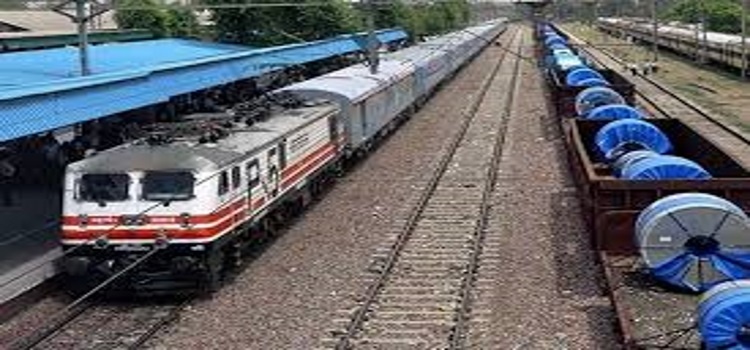
Indian Railways (IR) may be making all the right noises about public-private partnerships (PPPs) in railway projects (expert committees had pitched for broad-basing PPPs, having private train operators paying rentals to IR for track access, proposals which haven’t materialised), but the share of PPPs in extra-budgetary resources (EBR) has declined from 51% in 2016-17 to 33% in 2018-19 (budget estimate). This is even as EBRs have become the mainstay of railway capex over the last few years, as support from the central Budget stagnated. EBRs increased from 47% of capex in 2016-17 to 56% in 2018-19 (BE).
“The capex is happening through EBRs which are basically loans even as internal accruals are reducing over the years,” said a former railway official, on condition of anonymity.
Of EBR, loans mobilised through the Indian Railway Finance Corporation (IRFC) and taken from financial institutions including Life Insurance Corporation of India and multilateral bodies like the World Bank are on the rise.
PPP investments for 2016-17 were Rs 26,834 crore; these are pegged at Rs 24,000 crore for 2017-18 (revised estimate) and projected to be Rs 27,000 crore in 2018-19. This means, say analysts, the government has almost given up on the plan to accelerate PPPs in railway projects.
Station redevelopment has been an area identified for massive PPP investments but a plan to award 400 station-projects to private operators has come a cropper as the Swiss challenge method for auction hasn’t attracted investors. Only four station redevelopment projects have been awarded thus far while an effort is on to sweeten the terms for investors.
According to an analyst with a consultancy firm, while higher exposure to loans is not a problem per se if they can be serviced, IR lacks focus and pragmatism in PPP ventures and will have to redo schemes. “If you look at the roads sector, the hybrid annuity model has done well and the toll-operate-transfer model is also expected to gain traction. In comparison, a lot of railway projects relating to capacity augmentation and station redevelopment did not take off,” said the analyst.
The DK Mittal committee which had submitted report in 2014 suggested PPP investments in core operational areas of the railways. All wagons could be owned by the private sector, it said, adding that passenger trains could be either fully owned by the private players or taken on lease basis from IR.
IR, it said, should cease to make direct investments in wagons, locomotives and passenger trains and let the private sector fund the rolling stock.
Currently, IRFC, which borrows for the railways, owns the rolling stock procured and receives lease rentals from the transporter. Under the PPP model envisaged, private companies as train operators can realise revenue as passenger fares and freight from users and share it with the the railways as track access charges. Whatever limited PPP investments that occurred relate mainly to port connectivity and logistics sectors.
A committee headed by NITI Aayog member Bibek Debroy also advocated private participation in core railway projects given the infrastructure requirements will be going up at a time when gross budgetary support (GBS) is expected to remain a constraint. GBS went down from Rs 45,231 crore in 2016-17 to Rs 40,000 crore in the revised estimate for 2017-18 and is pegged at Rs 53,060 crore for 2018-19.
